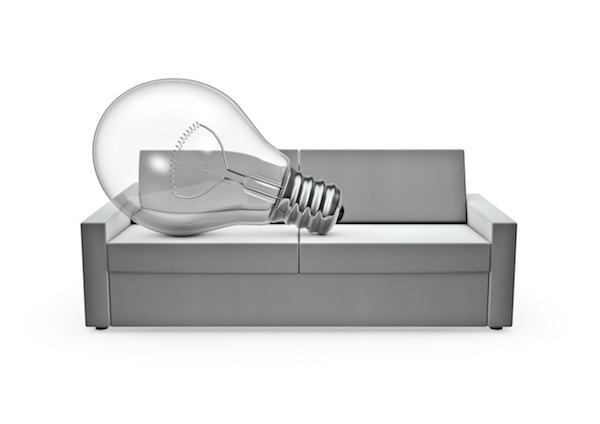
TUESDAY, July 26 (HealthDay News) — A person’s brain works hard to empathize or understand what it’s like to walk in other people’s shoes, no matter how different they may be, a new study indicates.
Researchers from the University of Southern California found people automatically attempt to empathize — even with those who are physically very different. To do that, however, people must use two separate regions of their brain.
In a paper, published online by Cerebral Cortex, USC researchers found that empathy between two people who can relate to each other more directly relies primarily on the intuitive, sensory-motor parts of the brain. A person who empathizes with someone who is very different or with whom they cannot directly relate, however, depends more on the rationalizing part of the brain.
In conducting the study, USC researchers showed videos of hands, feet and a mouth doing “tasks” to a woman who was born without arms or legs, as well as 13 typically developed women. The participants were also shown videos of injections being given on certain parts of the body.
As they watched the videos, the women’s brains were scanned. Researchers compared those scans to pinpoint sources of empathy.
The researchers found that when the woman without limbs watched videos of tasks being performed using body parts that she did not have, the sensory-motor areas of her brain were still strongly engaged. The researchers noted, however, even without limbs, the woman was able to perform some of these tasks herself by improvising with the body parts she did have.
If the action was impossible for her however, another set of brain regions involved in deductive reasoning were also activated, the study pointed out.
The intuitive and rationalizing parts of the brain work together to create the sensation of empathy, said Lisa Aziz-Zadeh, assistant professor of USC’s Division of Occupational Science and Occupational Therapy in a university news release. “People do it automatically,” she said.
More information
The National Institute of Neurological Disorders and Stroke provides more information on the brain and how it works.

